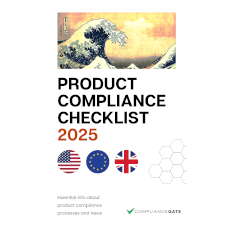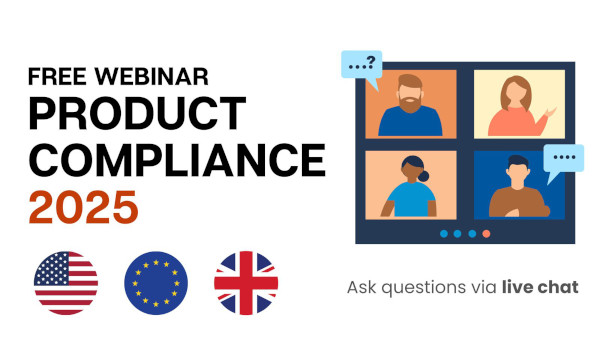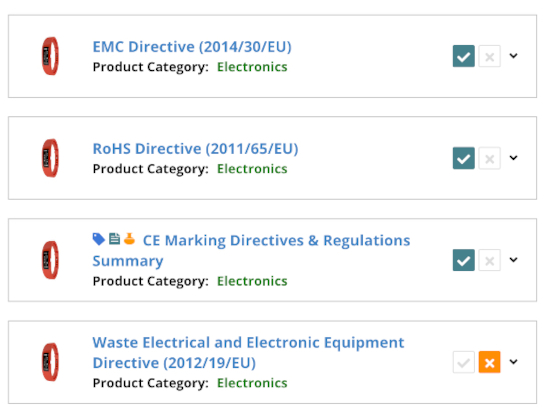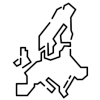
Batch numbers are mandatory for some products sold in the United States. That said, even if you sell products for which batch numbers are not mandated, affixing one can help you limit product recalls to specific production runs.
In this guide, we examine batch number requirements in the United States, format options, and how batch numbers relate to product recalls.
Content Overview

FREE CONSULTATION CALL (US, EU & UK)
- Request a free 30-minute call with Ivan Malloci to learn how we can help you with:
- Find product requirements
- Certification and labeling
- Lab testing
What is a batch number?
A batch number, or lot number, indicates when and sometimes where a certain product was manufactured. Its purpose is to enable product traceability.
Your customers can report the relevant batch number in case of safety issues, while the seller can inform other buyers of potentially unsafe products belonging to the same batch.
Why are batch numbers needed?
Manufacturing defects or material contamination can result in safety and compliance issues. Batch numbers are necessary for tracing unsafe products to specific production runs. Here are two examples of product recalls that were limited to certain batches:
CPSC: The second sewn in labels has the batch ID, manufacture date and location. Impacted units have the batch number 20240415TTL, 20240501TTL or 20240509TTL.
CPSC: Batch code “CB-240603” is printed on a label affixed to the underside of the container.
Without a batch number, you cannot trace a defective and unsafe product to a specific production run. This can, in turn, create a situation where you must recall years of shipped products – which can be extremely costly.
As such, both brands and consumers benefit from batch numbers that enable swift reporting and limited recalls.
Which products require batch numbers in the United States?
Batch numbers are mandatory for some, but not all, products sold in the United States. That being said, affixing a batch number is often necessary even if doing so is voluntary.
CPSIA
Children’s products sold in the United States must comply with the CPSIA, which in turn requires that the following information be present on the label.
Manufacturer/importer or private labeler name
Location and date of production
Detailed information on the manufacturing process (e.g., batch or run number) or other identifying characteristics
Any other information to facilitate ascertaining the specific source of the product (e.g., address of the manufacturing plant)
The tracking label ensures that compliant toys and other children’s products sold in the United States can be traced to a certain production run.
Other products
Our understanding is that batch numbers are not required for all products sold in the United States. That being said, unsafe products can still be subject to recalls – and the scope of the recall can be limited if the relevant issue can be traced to a specific production run.
We also found that the CPSC recall database does reference batch numbers for products that, based on our understanding, do not require batch numbers.
Which batch number format is required in the United States?
We could not find any information about mandatory batch number formats in the United States. That said, batch numbers available in the CPSC recalls database tend to include the date of production (more likely the order date) and the article number.
Here are some formats we’ve found:
SKU-YYMMDD
YYYYMMDDSKU
You can also include information that makes it possible to trace the product to a certain factory or assembly line.
What ultimately matters is that your customers can easily report the batch number if the need arises.
Where should the batch number be printed?
Batch numbers are normally printed on the product, as the packaging may be disposed of.
What can happen if we sell products without batch numbers?
Without batch numbers, you cannot trace unsafe and otherwise non-compliant products to a certain production run. This can create a situation where you are forced to recall all products of a certain model, as you may not be able to determine when the unsafe units were produced and where.
Maintaining a simple batch numbering system and ensuring that your goods are correctly labeled costs next to nothing. I cannot think of any good reason why batch or lot numbers should not be used.
Do children’s products require batch numbers?
Yes, all children’s products sold in the United States must carry a batch number. This is part of the tracking label, which is normally affixed to the product and the packaging.
Do we need batch numbers even if this is not a legal requirement?
Yes. All unsafe products can be subject to recalls in the United States. The scale of such recalls can be reduced if you consistently implement a batch or lot numbering system.
















